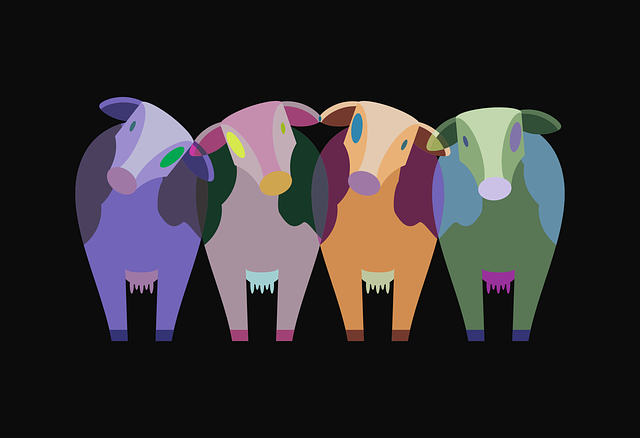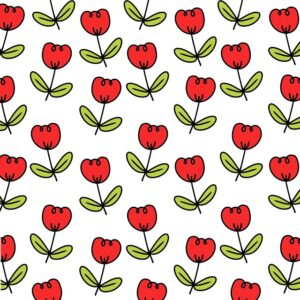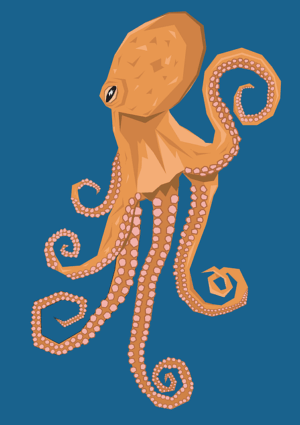Unleash Creativity: Graphic Design Mastery for Marketing Success

Graphic Design is a powerful tool for brands, using aesthetics, color psychology, typography, and im…….
Graphic design, an art and communication discipline, is a powerful force that shapes our visual world. From meticulously crafted advertisements to intricate user interfaces, graphic designers play a pivotal role in delivering messages and experiences that resonate with audiences across diverse mediums. This article delves into the multifaceted world of graphic design, exploring its definition, global impact, economic significance, technological innovations, regulatory landscape, challenges, and future prospects. By the end, readers will gain a comprehensive understanding of this dynamic field and its profound influence on our daily lives.
Graphic design is a creative process that involves the planning, arrangement, and presentation of visual elements to convey information or achieve specific aesthetic and communication goals. It encompasses a wide range of media, including print (newspapers, magazines, books), digital (websites, apps, social media), packaging, branding, signage, and more. At its core, graphic design relies on several fundamental components:
Graphic design has evolved over centuries, reflecting the technological advancements and cultural shifts of each era. Its origins can be traced back to ancient civilizations like Egypt and China, where artists created intricate hieroglyphs and woodblock prints. The Industrial Revolution brought about significant changes, leading to the rise of commercial art and typography in the 19th century.
In the 20th century, graphic design flourished with the advent of modern printing techniques, photography, and mass media. Designers like El Lissitzky and Jan Tschichold pioneered new styles, such as constructivism and the International Typographic Style, respectively, which had a profound impact on communication and visual aesthetics. The digital age further revolutionized graphic design, giving birth to new tools, software, and mediums, allowing for unprecedented creativity and accessibility.
Today, graphic design is an integral part of our daily lives, shaping the way we interact with information, products, and services. It influences cultural trends, fosters brand identities, and contributes to economic growth by enhancing communication and engagement.
Graphic design’s influence extends far beyond national borders, with diverse regions adopting and adapting its principles to suit local cultures and needs. Here’s a glimpse into some key global trends:
| Region | Notable Trends | Unique Influences |
|---|---|---|
| North America | Minimalist designs, data visualization, motion graphics | Emphasis on clarity and simplicity; strong influence of Silicon Valley culture |
| Europe | Sustainable design, typographic experimentation | Focus on environmental consciousness and cultural heritage |
| Asia | Bold colors, intricate patterns, digital art | Rich cultural traditions and rapid technological adoption |
| Latin America | Vivid imagery, folk art influences | Vibrant local cultures and historical artistic legacies |
| Africa | Geometric designs, mixed media, traditional arts fusion | Rich cultural diversity and unique artistic expressions |
These regional variations contribute to a global design dialogue, where ideas travel across borders, fostering cultural exchange and innovation. International collaborations and design awards further promote the spread of innovative practices and best practices worldwide.
The graphic design industry is a significant contributor to global economies, with diverse market segments driving its growth:
According to a report by Grand View Research, the global graphic design market size was valued at USD 417.3 billion in 2020 and is expected to grow at a compound annual growth rate (CAGR) of 6.5% from 2021 to 2028. This growth is driven by factors such as increasing digital transformation, the rising demand for visually appealing packaging, and expanding publishing industries.
Technology has been a catalyst for innovation within graphic design, opening up new creative frontiers and streamlining workflow processes:
User Experience (UX) design has become a cornerstone of modern graphic design, focusing on creating intuitive, accessible, and user-friendly interfaces:
Branding is a powerful tool for businesses, and graphic designers play a pivotal role in shaping brand identities:
Graphic design is a dynamic and ever-evolving field, shaping our visual world and influencing cultural, economic, and technological landscapes. From its ancient origins to the digital age, graphic designers have continuously pushed creative boundaries while embracing new technologies. As we move forward, the industry will continue to adapt and innovate, ensuring that visual communication remains an integral part of our ever-changing global society.

Graphic Design is a powerful tool for brands, using aesthetics, color psychology, typography, and im…….

Graphic Design is a powerful tool for brands to captivate audiences and communicate effectively. Thr…….

Graphic Design is a powerful marketing tool that captures global audiences. Skilled designers transf…….

Graphic Design unleashes creativity through inspired processes, combining client briefs with persona…….

Graphic Design principles, including balance, contrast, and hierarchy, form the basis for visually a…….

Graphic Design is a vital tool for businesses aiming to establish and communicate unique brand ident…….

Graphic design has evolved from traditional mediums to a fully digital landscape, leveraging advance…….

High-quality graphic design combines creativity with strategy, effectively communicating ideas and c…….

Graphic design for web and mobile platforms has evolved significantly due to technological advanceme…….